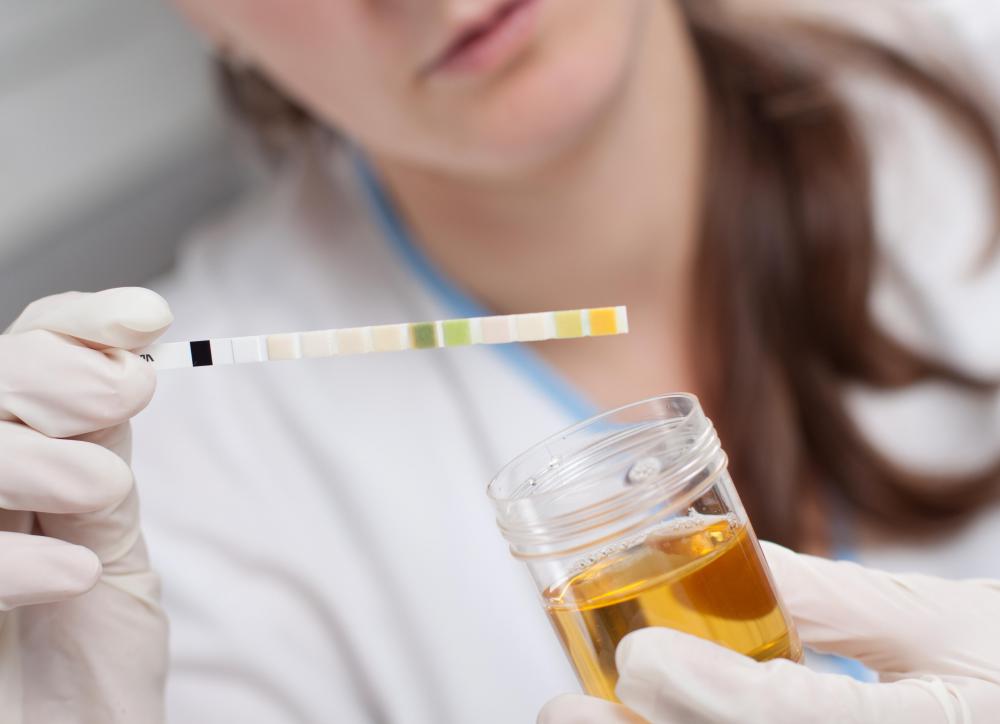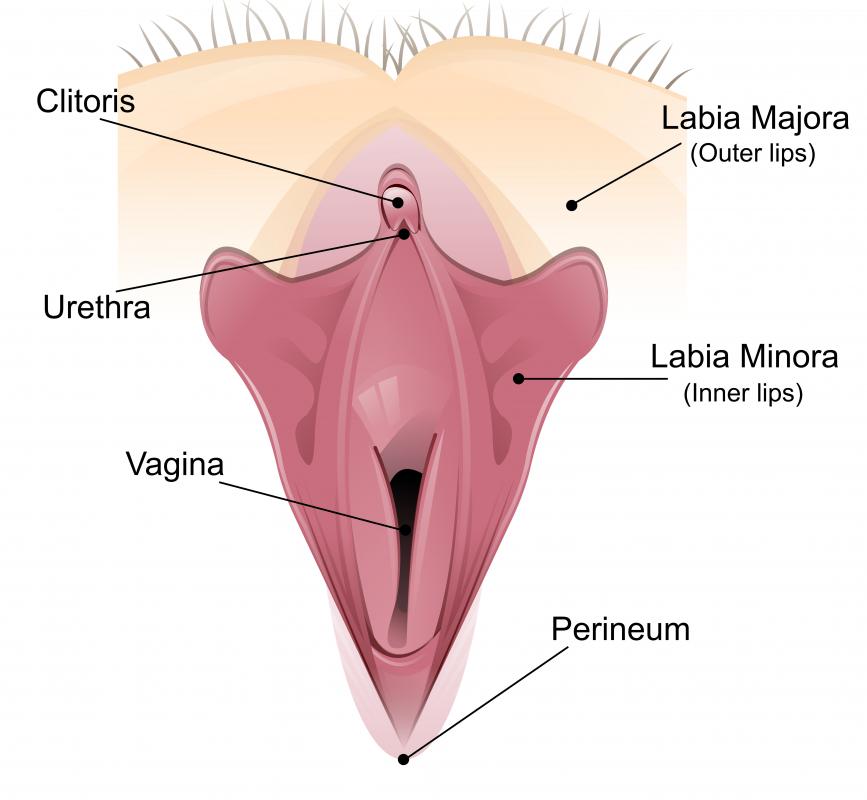At WiseGEEK, we're committed to delivering accurate, trustworthy information. Our expert-authored content is rigorously fact-checked and sourced from credible authorities. Discover how we uphold the highest standards in providing you with reliable knowledge.
What is a Cystoscope?
A cystoscope is a medical device a urologist can use to look inside a patient's urethra and bladder in a procedure called a cystoscopy. This may be done for diagnostic purposes, to collect information about a patient's condition, or for therapeutic purposes, where the doctor will perform a procedure to correct an issue like stones in the bladder. There are several different cystoscope designs and the procedure may require general anesthesia in some cases because it can be painful or unpleasant.
Flexible cystoscopes bend and flex inside the patient. For a procedure using this design, it is often possible to use a local anesthetic to keep the patient comfortable, a common choice when a doctor wants a quick diagnostic look inside the bladder. The doctor can insert tools through the scope to collect samples of tissue or other materials. Patients will need to lie very still and may be given a sedative to stay calm and relaxed while the doctor works.

The rigid cystoscope design is stiff, and usually requires general anesthesia, particularly in men. Insertion of the device can be painful and patients may feel discomfort as the doctor advances it. A surgical cystoscopy with general anesthesia can be necessary for the treatment of some conditions. With either method, the patient usually receives prophylactic antibiotics to prevent bladder or urethral infections, as introducing the cystoscope can expose the patient to the risk of bacterial infection.

A doctor can request a cystoscopy in cases where she suspects cancer, stones, severe inflammation, or anatomical abnormalities. The urologist can evaluate the patient to learn more about the case and decide on the most appropriate technique to use. People are often nervous about a cystoscopy procedure because they worry about pain and discomfort, and the doctor can discuss the lubricant and anesthetic he uses to familiarize the patient with what will happen.

After a cystoscope procedure, the patient may need to wait for biopsy results if the doctor collected samples. The doctor will use these results, along with information she collects during the procedure to make treatment recommendations. In cases where the device is used as part of a therapeutic treatment, the doctor may request a follow-up appointment to make sure the procedure was a success and to evaluate the patient for any potential complications. After a cystoscopy, patients may experience some painful or bloody urination, but should remain alert to warning signs of complications like severe pain, persistent symptoms, and issues like fever or tenderness in the abdomen.
AS FEATURED ON:
AS FEATURED ON:


















Discuss this Article
Post your comments